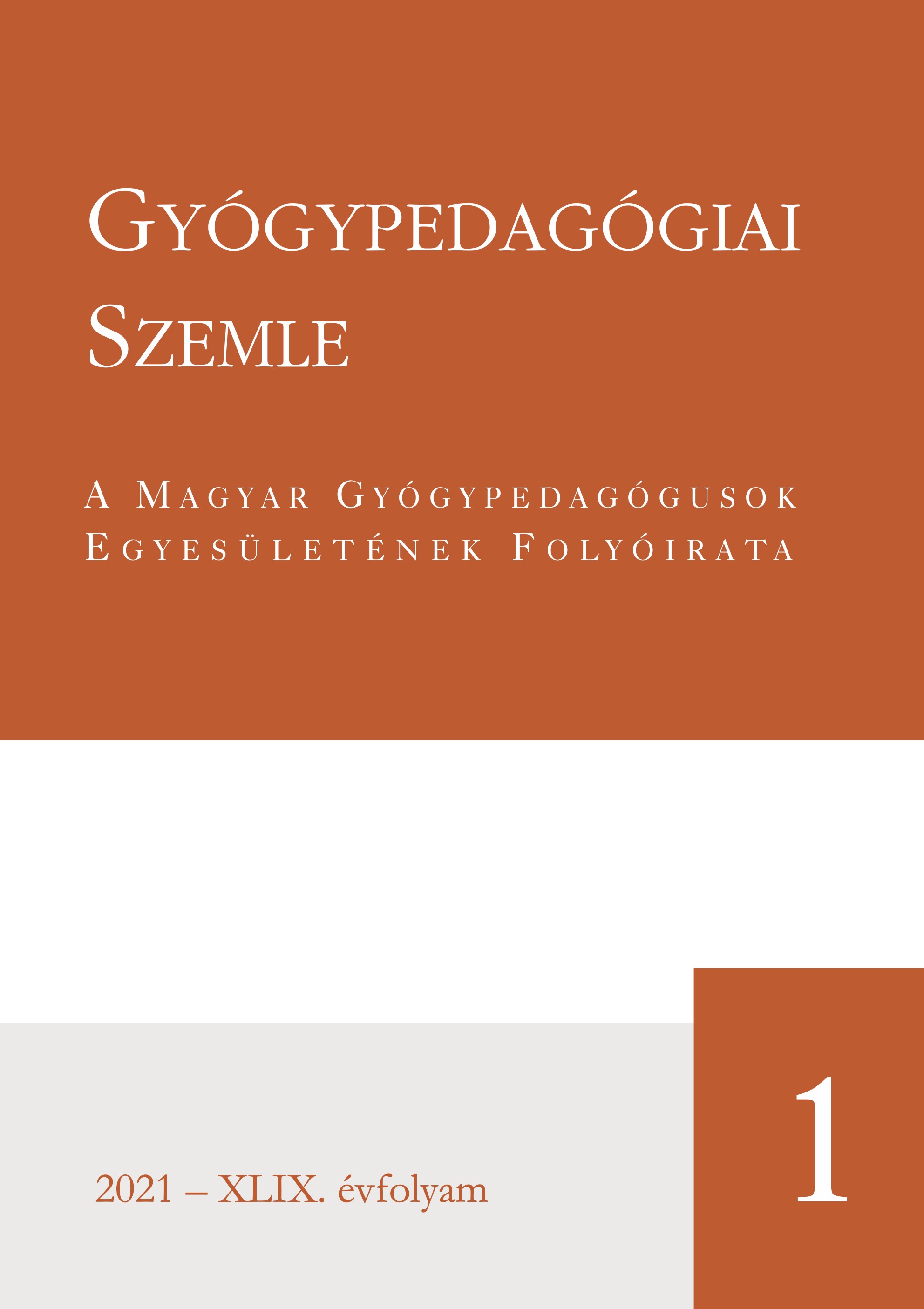Cerebral visual impairment in children
DOI:
https://doi.org/10.52092/gyosze.2021.1.2Keywords:
cerebral visual impairment, CVI, support, special needsAbstract
In developed countries, brain damage is the leading cause for childhood visual impairment. The condition is mostly referred to as CVI (cortical, cognitive or cerebral visual impairment) and the abbreviation is widely used in the Hungarian literature, so we are using it throughout this article. CVI research started in the 1970s in The United States. While the international literature on CVI is abundant, the number of Hungarian resources on symptoms and special pedagogical support is fairly limited.
First, the definition and prevalence of CVI are introduced, followed by an overview of its most frequent causes. Symptoms are highly heterogeneous. This review explains visual processing and possible damages in plain language. Our goal is to support special and general teachers, parents, and other support staff working with children with CVI to better understand the condition, and thus be able to help affected children more efficiently.
Keywords: cerebral visual impairment, CVI, support, special needs

